‘
«It’s really great to be here, I had a wonderful tour of the university. It’s one of the most beautiful campuses that I’ve ever seen. Really fabulous place for people to come and learn and get educated.»
Jimmy Wales
Free Culture and a Creative Commons World, conference at UFM. October 2008. Internet entrepreneur, webmaster, former financial trader, and cofounder of Wikipedia
’
Conservation through
Private Property
Individual Responsibility in Environmental Protection
In a society of free and responsible persons, environmental conservation is achieved more efficiently when individuals protect what is of immediate interest to them. Therefore, the quality of the environment is not a matter of laws and regulations. Rather, it is a matter of managing resources based on property rights and voluntary activity.
There is no incompatibility between economic growth and the quality of the environment. On the contrary, the greater the income, the greater the resources that can be made available for protecting the environment.
Effective environmental protection depends on the establishment of institutions that protect individual rights and recognizing that private property is an essential condition for improving the quality of the environment. This makes it possible to expand the market processes that generate resources to improve people's standard of living and, furthermore, to create spaces of high ecological value.
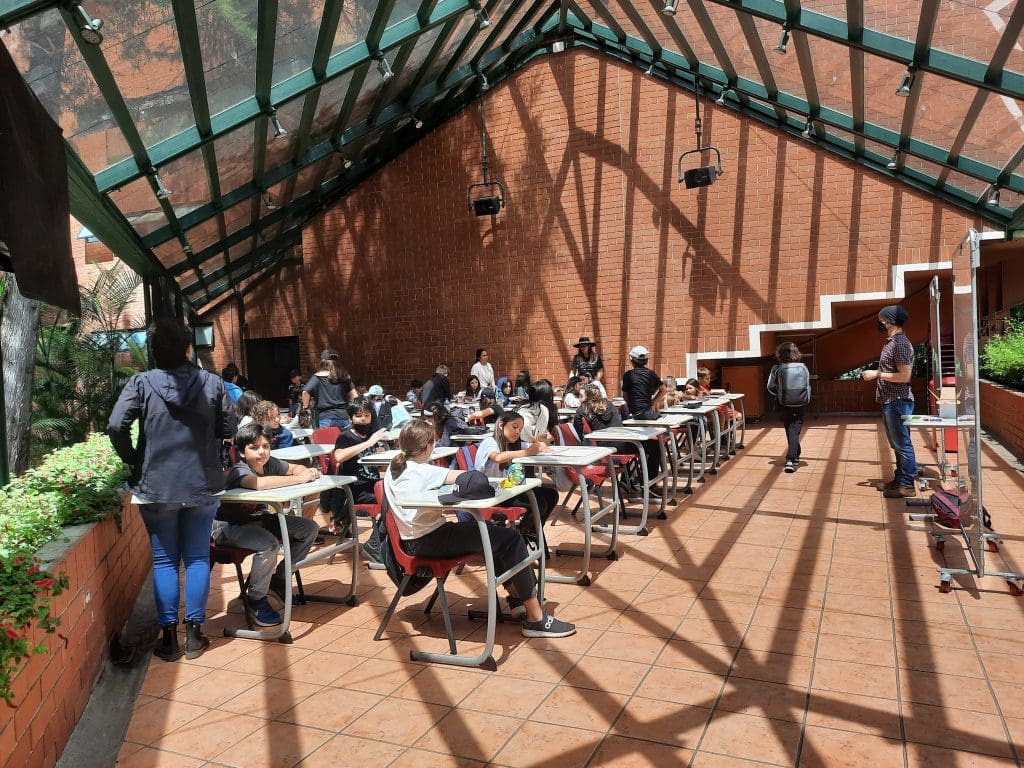
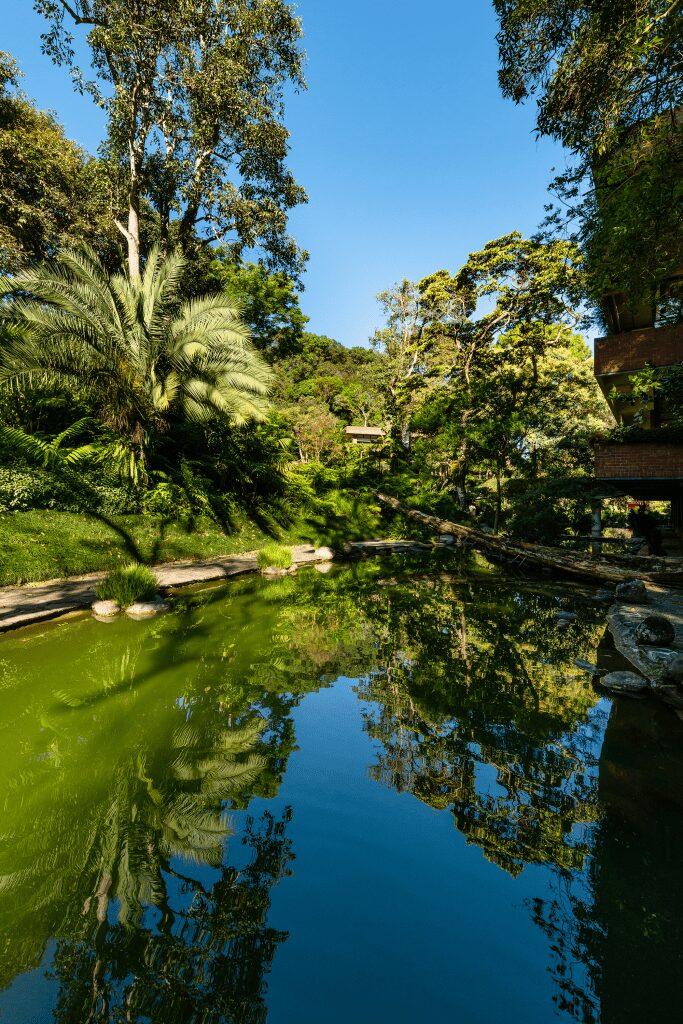
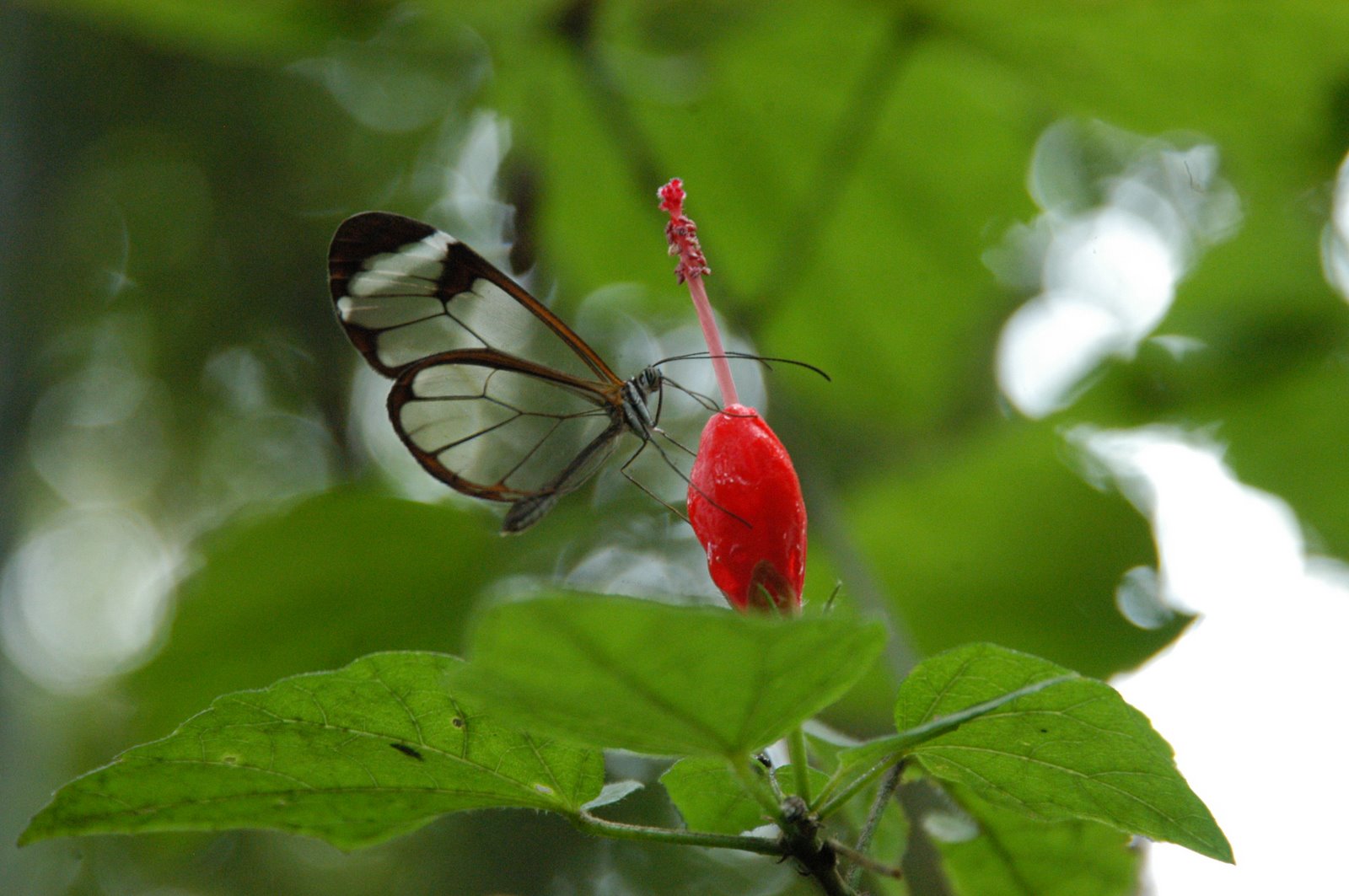
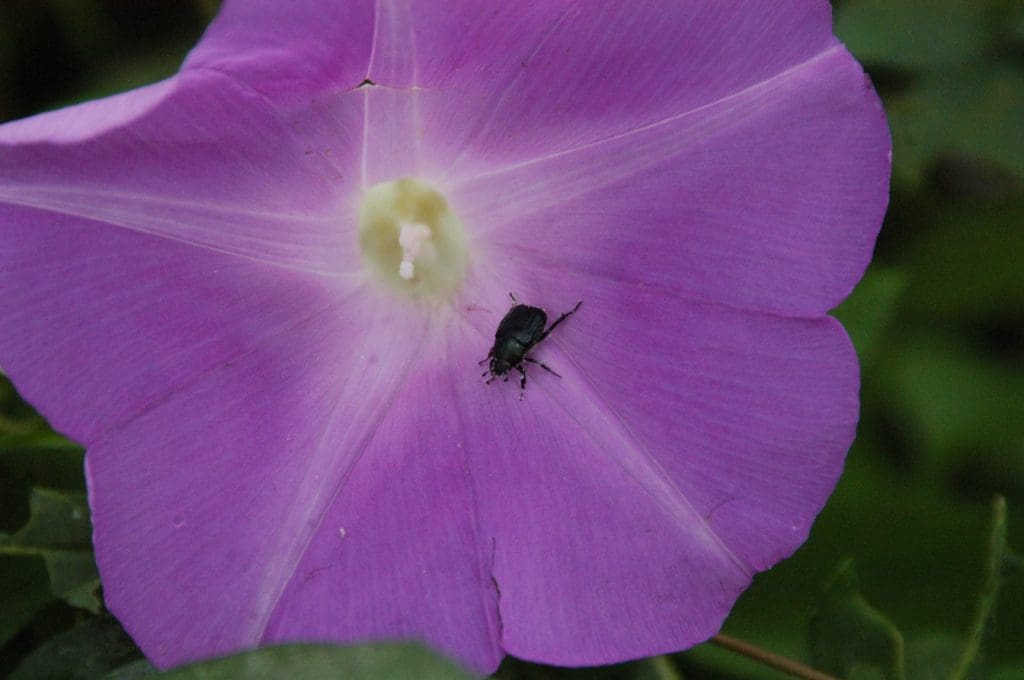
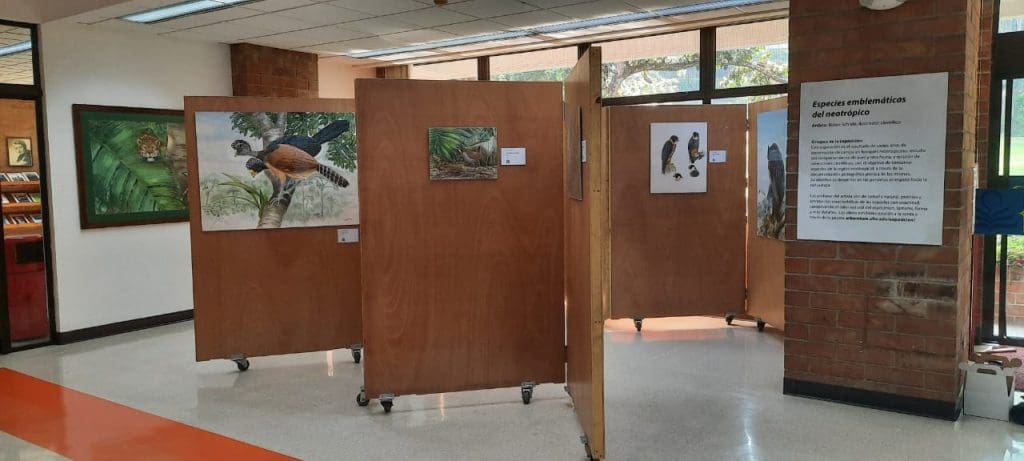
“Effective
environmental protection depends on the establishment of institutions that protect individual rights
”
”
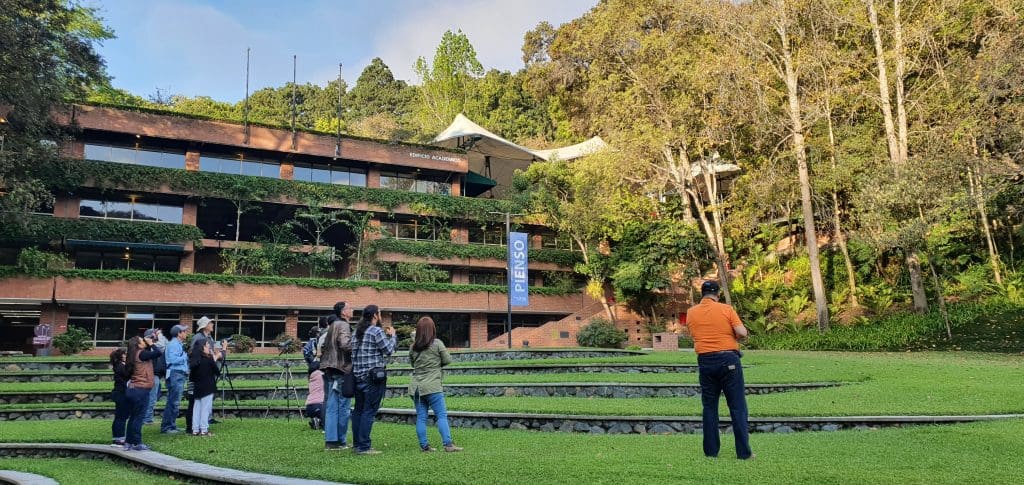
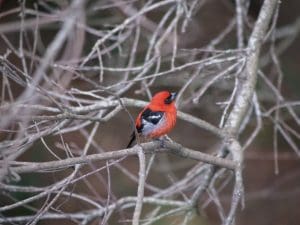
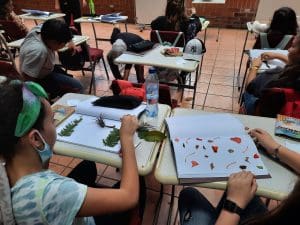
Projects that preserve the environment at UFM
Arboretum UFM
UFM’s campus is located within a remnant of montane forest, primarily dominated by oaks, in the capital city. These patches of forest within the city deserve care and attention, given that they play a very important role in the protection of a number of species of flora and fauna that are being threatened by population explosion.
From 1980, with the acquisition of the land to build the campus, preserving the forest has been contemplated within the architectural design. This is how biodiversity conservation begins. Proof of this is that the design of each university building respects the forest and was beautifully designed to fit the topography of the place.
The UFM Arboretum was born with the aim of conserving more than 1,000 species of flora and fauna that were at risk of disappearing. Its specific goals are: (1) to conserve, preserve, and study living trees and plants, both native and exotic, (2) to inventory campus biodiversity, and (3) to educate and recreate by providing the opportunity for a shift in focus for environmental education in our country.
Since then, there has been reforestation of the land with native and endemic plants, identification of the species that live in the UFM Arboretum, and promotion of care for the environment from an individual and private point of view. To date, 424 plants and trees, 18 amphibians, 200 birds, 135 insects, 11 mammals, 36 reptiles, and 20 fungi have been identified. The Arboretum UFM is a refuge for these and more species.
It is currently open to the public and lays on activities such as walks to get to know the campus and its ecological environment, teambuilding events, bird watching, and visits from educational centers to encourage children and young people to care for the environment. The UFM Arboretum is a living educational tool, which transforms traditional education, and is a rich source of experiences that promote contact with flora and fauna in an ecological recreation framework.
The UFM Arboretum is a long-term project that needs your support to create an impact on a greater number of individuals.
Invest in the future of liberty
through your donation to UFM!
Make an impact with
a gift to UFM!
We have so much we need to do! Be part of the call for freedom campaign and join us in our mission to teach and disseminate the ethical, legal, and economic principles of a society of free and responsible persons.
